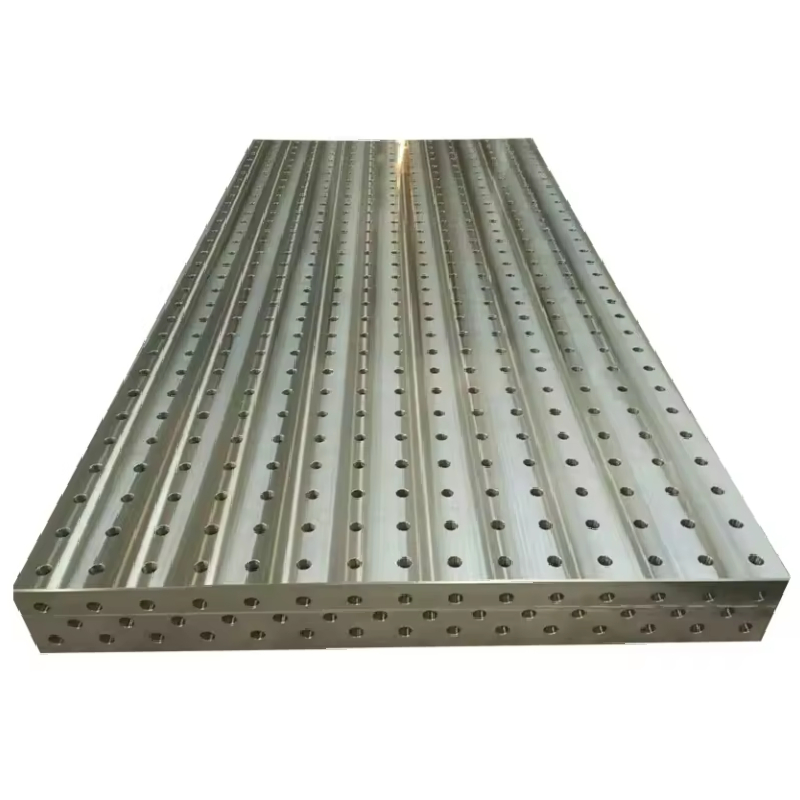Dec . 02, 2024 06:36 Back to list
industrial check valve
Industrial Check Valves Ensuring Safe and Efficient Fluid Control
In various industrial applications, maintaining the integrity and safety of fluid systems is paramount. One critical component that plays a vital role in this context is the check valve, often referred to as a non-return valve. Check valves are designed to allow fluid to flow in one direction while preventing backflow, thereby protecting pipelines, pumps, and other system components from damage. This article explores the significance of industrial check valves, their types, applications, and maintenance considerations.
Understanding Check Valves
Check valves operate based on pressure differentials, meaning they automatically open when the fluid pressure from the inlet side exceeds the pressure on the outlet side. When the fluid flow reverses, the check valve closes, preventing backflow. This simple yet effective mechanism makes check valves essential in various industries, including water and wastewater treatment, oil and gas, chemical processing, and power generation.
Types of Industrial Check Valves
There are several types of check valves, each designed for specific applications and operating conditions
1. Swing Check Valve This type features a hinged disc that swings open with forward flow and swings closed under reverse flow. Swing check valves are commonly used in low-pressure applications and are favored for their minimal pressure drop.
2. Lift Check Valve Lift check valves utilize a vertically moving disc or piston that lifts off its seat when fluid flows in the forward direction. They are more suitable for higher pressure and flow applications, making them ideal for water supply and drainage systems.
industrial check valve

3. Ball Check Valve In a ball check valve, a ball sits in a seat that closes the valve when reverse flow occurs. This type is particularly effective in preventing backflow due to its leak-tight seal and is often used in pump discharge lines.
4. Diaphragm Check Valve Utilizing a flexible diaphragm, this type of check valve prevents backflow by sealing off the flow when reverse pressure is detected. Diaphragm check valves are commonly employed in pharmaceutical and food processing industries, where sanitary conditions are critical.
Applications of Check Valves
The applications of industrial check valves are diverse, spanning numerous sectors. In water treatment facilities, check valves are essential for ensuring that treated water does not flow back into the system, maintaining water quality. In the oil and gas industry, these valves protect pumping systems by preventing backflow, which can lead to equipment wear and increased operational costs. Chemical processing plants also rely on check valves to ensure the safe transport of corrosive substances, minimizing the risk of leaks and spills.
Maintenance Considerations
To maximize the lifespan and reliability of check valves, regular maintenance is essential. Operators should inspect valves periodically for signs of wear or corrosion, particularly in harsh environments. Proper installation is also crucial; check valves must be oriented correctly according to flow direction to function effectively. Additionally, the selection of the right type of check valve based on the specific application and fluid characteristics is vital for optimal performance.
Conclusion
In conclusion, industrial check valves are indispensable components in various fluid control systems, ensuring safe, efficient, and reliable operations. Their ability to prevent backflow protects equipment and maintains system integrity, making them crucial in many industries. By understanding the different types of check valves and their applications, industrial operators can make informed decisions regarding maintenance and selection, ultimately enhancing the performance and longevity of their fluid systems. As industries continue to evolve and demand more efficient fluid control solutions, check valves will remain a key technology to meet these challenges.
-
Y Type Strainer Maintains System Efficiency Long TermNewsJul.15,2025
-
Valve Selection Guide for Industrial ApplicationsNewsJul.15,2025
-
Steel Fab Table Provides Durable Work Surface for WeldingNewsJul.15,2025
-
Pad Iron Provides Stable Support for Heavy MachineryNewsJul.15,2025
-
One Inch Check Valve Fits Standard Plumbing SystemsNewsJul.15,2025
-
Measuring Micrometer Ensures Precise Dimensional AccuracyNewsJul.15,2025
Related PRODUCTS









